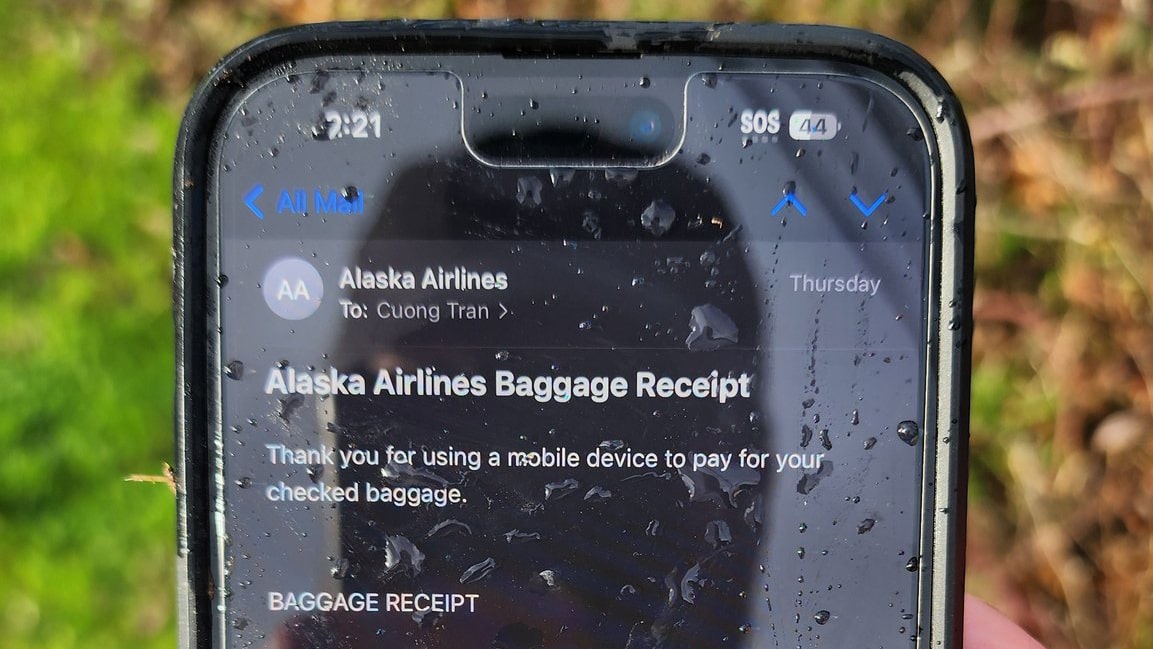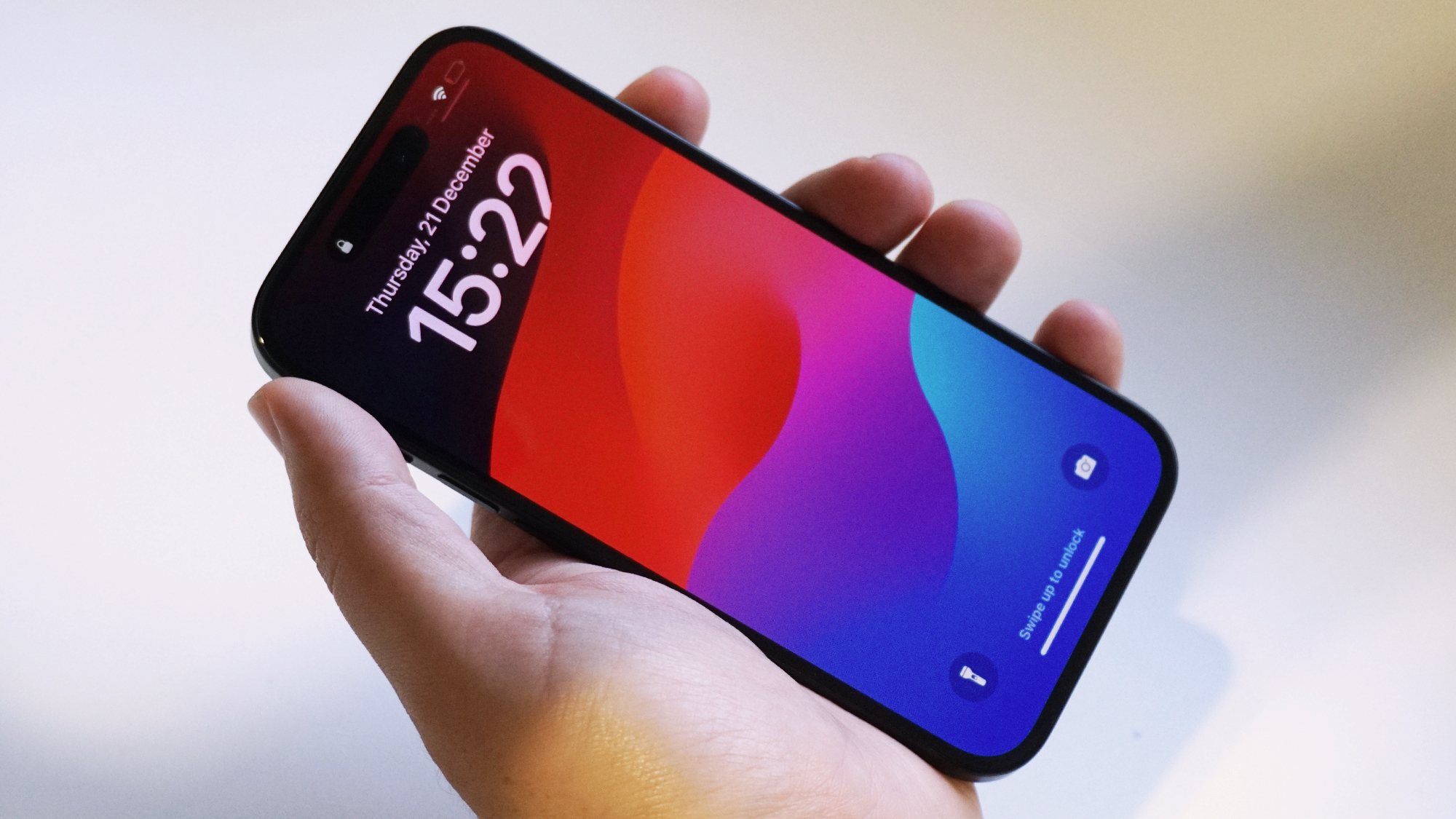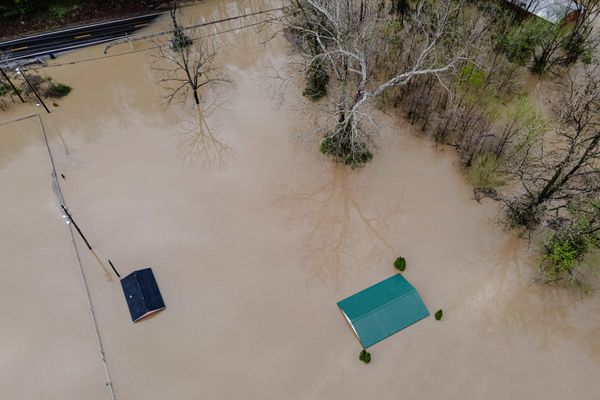
An iPhone survived a fall of 16,000 feet after it was thrown from the cabin of Alaska Airlines flight 1282 when a door plug blew out mid-flight – and the phone was miraculously found in near-perfect working condition. The incident brings a whole new meaning to the term AirDrop.
The device was found by local resident Sean Bates by the side of a road in Portland, Oregon. According to Bates on X (formerly Twitter), the phone was discovered “Still in airplane mode with half a battery and open to a baggage claim for #AlaskaAirlines ASA1282.” Amazingly, there wasn’t a scratch on the display.
Apple devices have been known to survive extraordinary tribulations. In 2021, an iPhone was found at the bottom of a lake in British Columbia after having been there for six months – remarkably, it could later be turned on.
Various YouTubers and testing websites (including TechRadar) are known to conduct iPhone ‘drop tests’ where an Apple phone is flung from a high vantage point, with the damage being assessed after it has landed. Judging by the case of the Alaska Airlines iPhone, these testers might be thinking of changing their methodology.
How did it survive?

You might be asking how an iPhone can possibly survive a fall of 16,000 feet. After all, it’s hardly a common occurrence, and not something Apple has designed its phones to come away from unscathed.
Yet it’s not as unreasonable as you might assume, and it all comes down to physics. According to Duncan Watts of the Institute of Theoretical Astrophysics at the University of Oslo (via The Washington Post), “The basic answer is air resistance.” After a period of time falling, the iPhone reaches terminal velocity, which means it can’t accelerate any faster due to the effect of air resistance.
For an iPhone, terminal velocity is about 30mph if it’s falling face-down, or around 100 mph if it falls perpendicular to the ground. In reality, it would be tumbling, so we don’t know the exact speed it hit the ground. But it’s not unreasonable to think it was potentially closer to 30 mph than 100 mph.
Of course, landing on a concrete road would have caused much more damage to the phone. But it seems to have been found either on a grass bank or in foliage, which would have cushioned its fall. “If it fell on some damp ground, I could see it having about an inch of cushion,” Watts added. “That’s maybe what plopping down on a chair would feel like.”
So while crash landing from 16,000 feet and coming out unscathed might feel unlikely at first, it seems it’s absolutely possible for an iPhone to do. But whatever you do, please don’t try launching your own iPhone out of a plane – it might not end so well.







